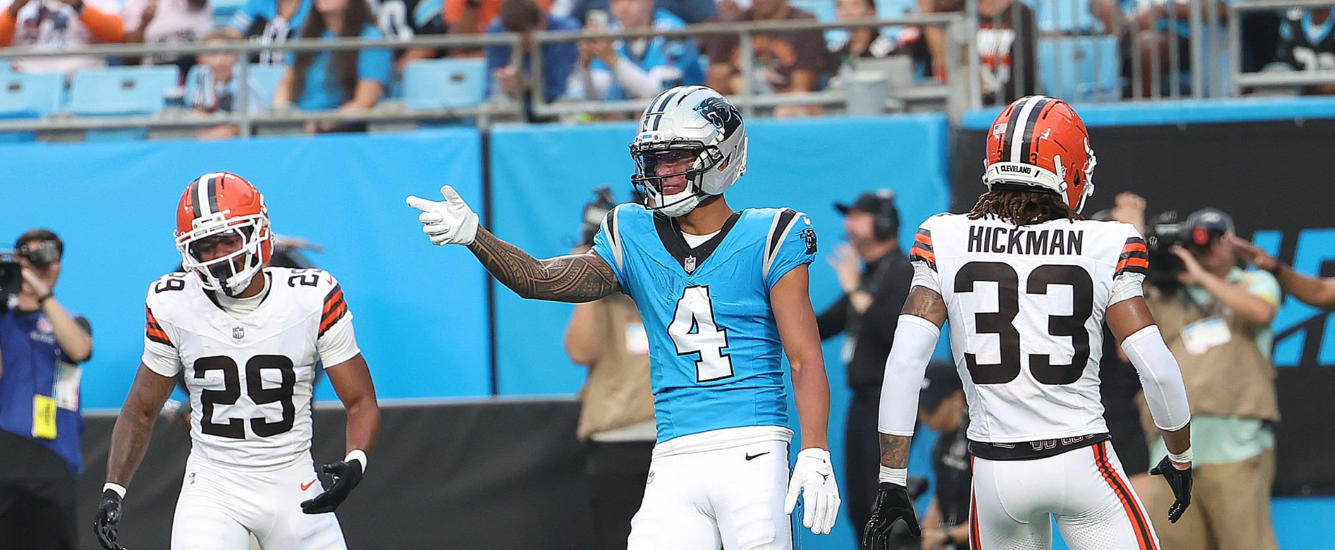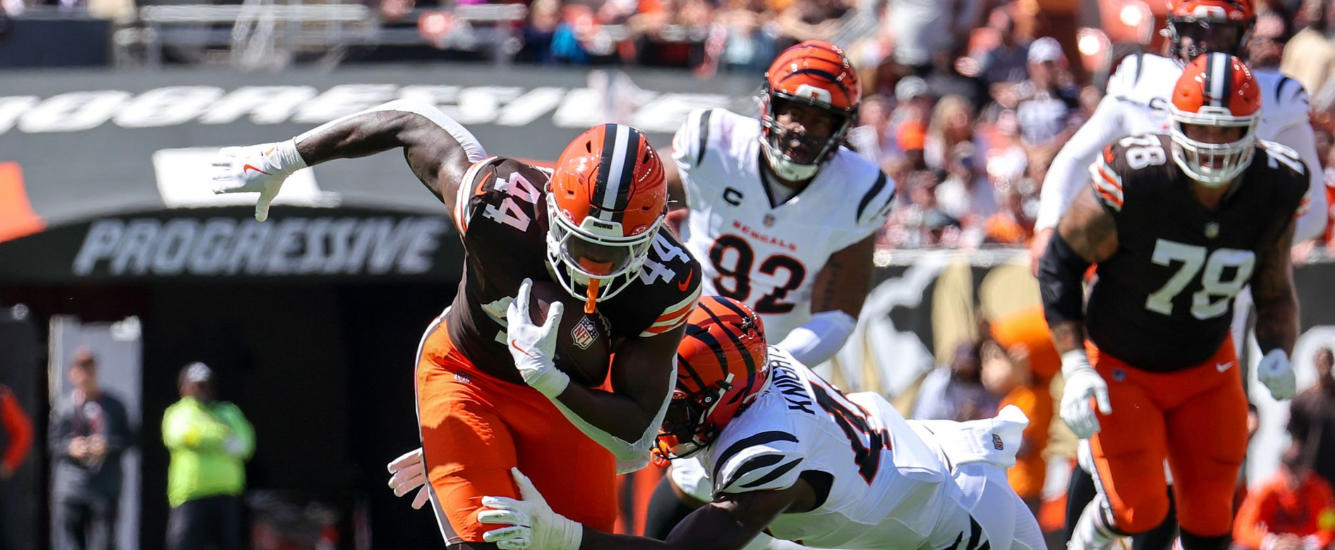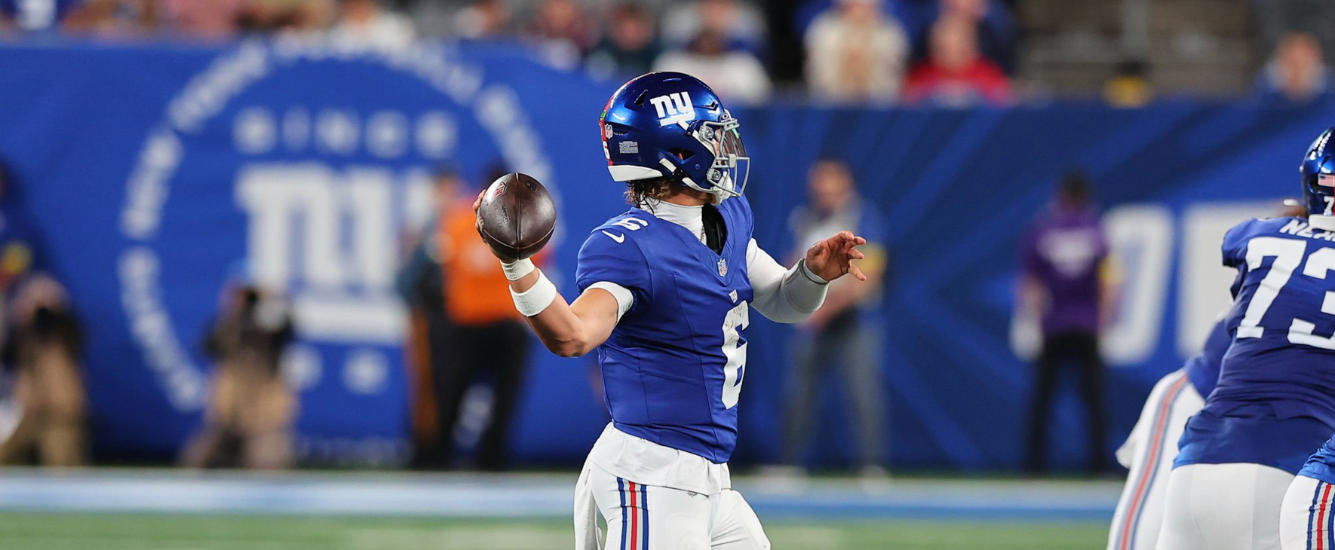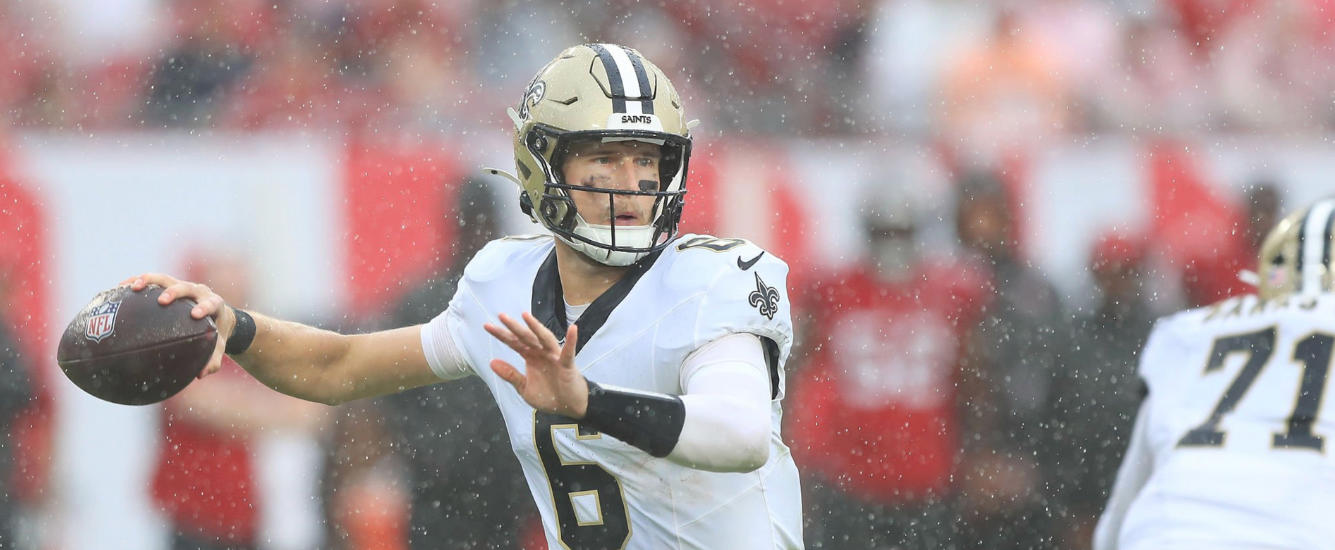Blair Andrews continues his Breakout WR Series with a look at what we tend to get right – and more importantly, get wrong – about wide receiver aging curves.
The Breakout WR Series
- These Second-Year WRs Are Going to Crush Expectations and Win Fantasy Titles
- It’s Easy to Get the Age Part Wrong: How to Exploit Misconceptions About Age and Fantasy Scoring
- The Best Thing You Can Ever Do Is Chase Star Players: Why Rookie Efficiency Foreshadows Greatness
- It’s Not Over When a Player Breaks Out: Why the Jump to Stardom Is the Last Big Exploitable Loophole
These articles have focused on the way PPR and other metrics tend to evolve from one year to the next. Which types of receiver profiles tend to see an improvement from one year to the next, and which metrics help us find these profiles? But one possibility we haven’t explored is whether these fantasy scoring patterns can be combined to reveal any long-term expectations for a WR’s career.
The History of Age Curves
Years ago I wrote about how the popular way of thinking about wide receiver age curves is misleading. The problem is that aggregating the entire population of wide receivers when investigating this question pulls in a number of biases. For instance, if we simply take the average PPR output of all WRs at a certain experience level, we notice more experience seems to be a positive signal.

This is slightly less pronounced but no less surprising when we examine the average PPR output by age. Apart from 21-year-old rookies, it would appear that older WRs have an advantage over younger WRs.

Sample Size and Survivorship Bias
The issue with these charts becomes obvious if we give a little thought to what’s going into them. As players age, more and more of them drop out of the league entirely. The data set I’m using filters out the lowest performing players in each season to ensure I’m looking only at fantasy-relevant players, but we still see that the WR population starts to decline at age 24.

The reason the sample starts to decline at age 24 is that it’s the last age at which the number of players entering the league is greater than the number of players leaving the league. If you look at the sample size by experience, you can see this more clearly.

The population appears to grow because a number of players who were little used (or inactive) in their rookie seasons become more relevant in Year 2. But in general, you can see that each WR cohort shrinks over time.
In other words, the higher averages we’re seeing for older veterans are almost entirely the effect of survivorship bias. The only WRs left in the league after, say, five seasons are those good enough to have stayed in the league that long. From this perspective it’s no surprise that older players look better when we aggregate the entire WR population — all of the older WRs who would bring down the averages are already out of the league.
What Do Wide Receiver Careers Actually Look Like?
In truth, WR careers do not look at all like the age curves we tend to think of. In the previous look at WR age curves, I showed a few examples of WR careers to see the sort of shape we tend to see. Here’s another mostly random sample, updated to show players who entered the league since 2016.

All these players are still in the NFL, so we don’t yet know how their entire careers will unfold. But already we can see that individual receivers exhibit a wide variety of career arcs. Some, like D.J. Moore and Christian Kirk, take several years to reach their peak level of performance. Some, like Darius Slayton, never improve from their rookie seasons. Many, like Chris Godwin, D.K. Metcalf, and Diontae Johnson, have a one-to-two year peak period in Years 2 and 3 before declining slightly.
I give this long introduction to provide some necessary context for the age curves I’m about to show, which are aggregated by looking at the average PPR points gained or lost by each age and experience cohort. While this provides us with useful information for players who we know are good enough to be in the league and remain fantasy-relevant, they are not predictions for how any individual WR career will unfold. And they also don’t account for players who are out of the league altogether.


















